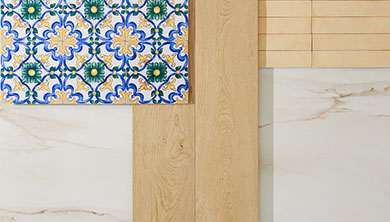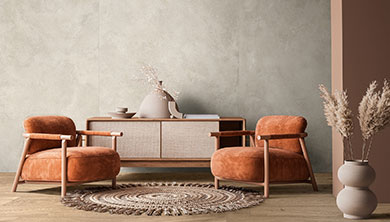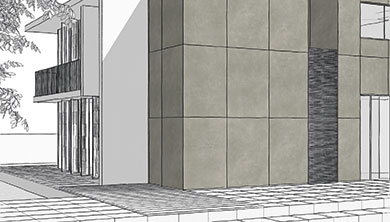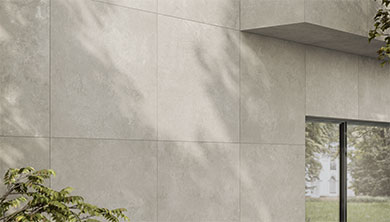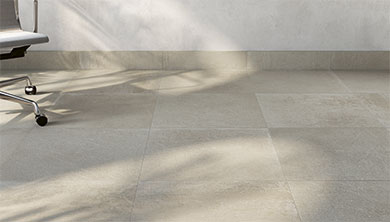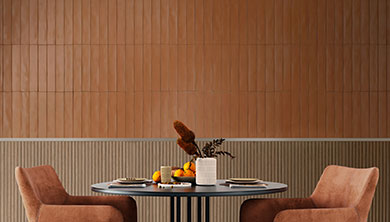Sassuolo fully part of 17th-century Europe. This is what studies tell us about the forced abandonment of Ferrara by the Este family in 1598, to move to the suburban residences of Reggio and Modena.
This transfer meant the birth of important commissions, new construction sites, and transformations that were significant for the town – now the capital of the ceramic district – which was already active in relations with the transalpine monarchies, particularly the French one. The urban and manufacturing development of Sassuolo began precisely in the years when the Ducal Palace, one of the most important residences in Northern Italy, was built. In 1634, Francesco I d’Este entrusted the transformation of the castle palace of Sassuolo, already a residence of the Savoy, into a residence worthy of the Duke of Modena and Reggio to the Roman architect Bartolomeo Avanzini and the Reggio engineer Gaspare Vigarani. With the new residence, work also began on the park, extending over ten kilometers from the hills to the plain, telling not only of court life but also of the strong relationship with the territory, still today the fulcrum of the region’s economic system.
In the new layout, through five environments populated by models, drawings, and films, the main stages of the construction of the then New Palace are narrated.
In the first room – “From the Castle to the Ducal Delight,” court amusements are documented, from musical entertainments to hunting trips, in a period when the court resided in Sassuolo from July to October. The second room, “The Waters and its Territory,” speaks of how rivers and streams were diverted to create fountains and water theaters to embellish the Palace spaces and entertain the court. Francesco III d’Este was devoted to welcoming many distinguished guests to Sassuolo, and the third room, “Chronicles of Travelers” – mostly French and English – collects the writings of the palace guests, among the first guides to our country. The renewed route concludes with the room dedicated to “Manufactures in the Territory”; the story of how a system of small factories became, from the 19th century, the fabric to grow one of the most important production centers in the region and at the forefront of technological innovation, a ceramic industrial district among the most important in the world
Sustainability
Invitation to the Palace, the History of the Este Family in Sassuolo
Reading time: minutes
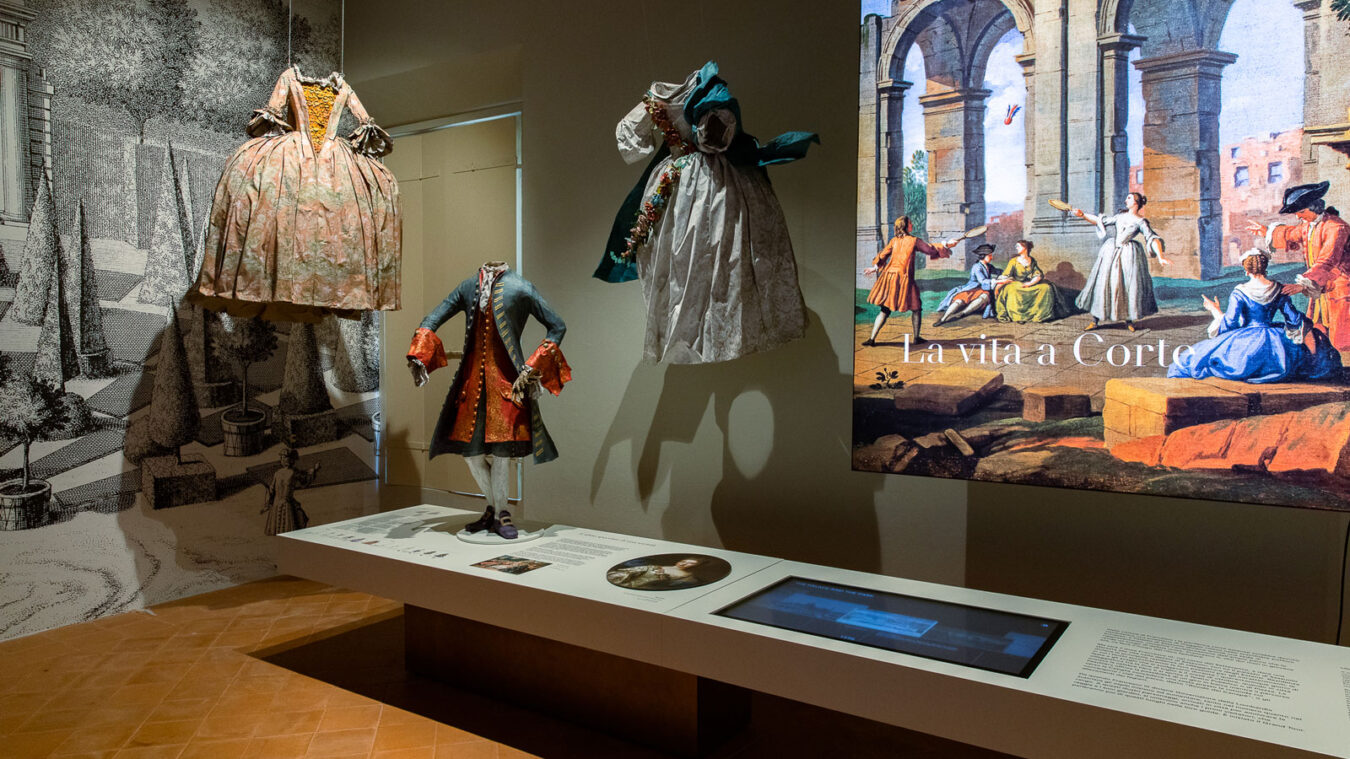
A journey that unfolds on the noble floor, in the apartment known as Orlando's: five rooms in which the transfer of the Este family from Ferrara to the suburban residences – among them Sassuolo – and the enormous impetus given to the arts and manufacturing, which remained a distinctive element of the territory, are narrated.

